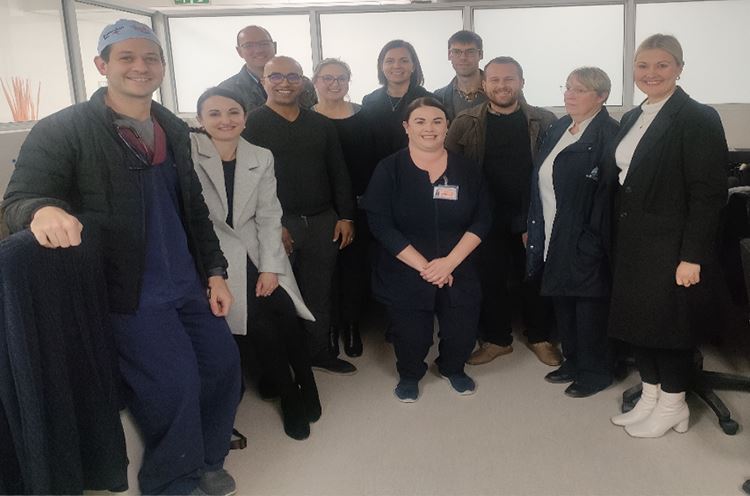University of the Free State’s Universitas Academic Complex Leads Southern Africa in Pioneering Interstitial Brachytherapy for Cervical Cancer Treatment
According to her, feasibility studies were published for the use of applicators that combine intracavitary and interstitial brachytherapy in 2006. In 2014 prospective clinical trials started reflecting on the clinical value to improve local control for the locally advanced cervical cancers with combining intracavitary and interstitial brachytherapy to get higher doses of radiation where the cancer has grown outside of the cervix. Interstitial brachytherapy where the applicators are placed into the tissue with cancer are also used in prostate and breast cancer.
“Hopefully this breakthrough will help us save many more lives. I wish to congratulate everyone who contributed to this innovative way of cancer treatment and assure you that your province and the people are indebted to you,” concluded Leeto.


